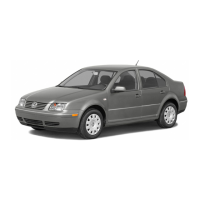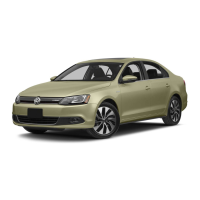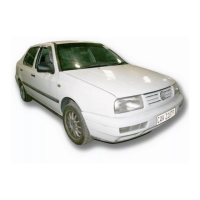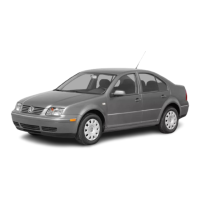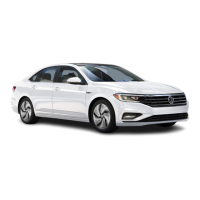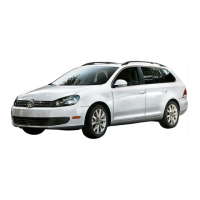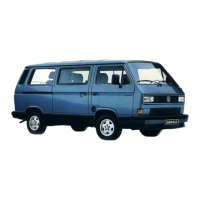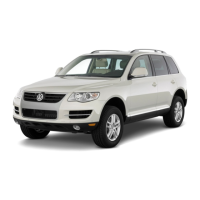Vehicle performance parameters
The values listed in the table below apply to vehi-
cles with a properly run-in engine, driving under
normal road and weather conditions.
The vehicle performance parameters provided in
this manual are determined without any addi-
tional equipment that may affect the vehicle's
performance, such as roof carriers or fenders.
Gradient angle
The gradient angle is an indication of the vehi-
cle’s grade ability and corresponds to the gradi-
ent that the vehicle can drive up under its own
power. This depends on aspects such as the road
surface, weather conditions and engine power.
The values apply to a moving vehicle and not to
driving off from standstill.
The number of metres in height gained over a
distance of 100 m (gradient) will be given as a
percentage or degree value (100% = 45 degrees).
Engine
Engine type Gearbox type
Exhaust emission
standard
Maximum speed
Vehicle gradient an-
gle
Maximum gradient
angle of a single ve-
hicle (%)
1.4L 110kW
TSI
®
Petrol en-
gine
MG5 China Ⅵ 175 km/h
30
1.4L 110kW
TSI
®
Petrol en-
gine
AG6 China Ⅵ 170 km/h
Information on gradient angle:
● The different adhesion coefficient of differ-
ent road surfaces will affect the vehicle's
climbing ability and its gradient angle.
● The tyre pressure should match the values
specified on the label inside the tank cap, and
the tyre tread depth should be at least 90% of
a new tyre.
● The vehicle's load distribution can impact its
climbing performance, and it is important to
evenly distribute the load between the front
and rear axles.
Vehicle rated weight and axle rated weight
All data in the official vehicle documents always
takes precedence. The data in this manual applies
to the basic model with basic equipment. The
type and model of the engine are listed on the
model plate → Fig. 159 and in the technical data
of the vehicle in the Maintenance Manual or in
the vehicle registration document
The specified values can vary due to additional
equipment, different model versions, and also for
special vehicles.
The table below displays the vehicle's curb
weight, which includes the dry weight of the ve-
hicle along with various fluids and fuel (not less
than 90% of the fuel tank capacity), spare wheel,
and accessories→ . The dry weight refers to the
complete vehicle's weight, including the body, all
electrical components, and necessary equipment
for normal operation.
The payload of the vehicle is calculated as the
rated total weight minus the curb weight.
Owner's manual224

